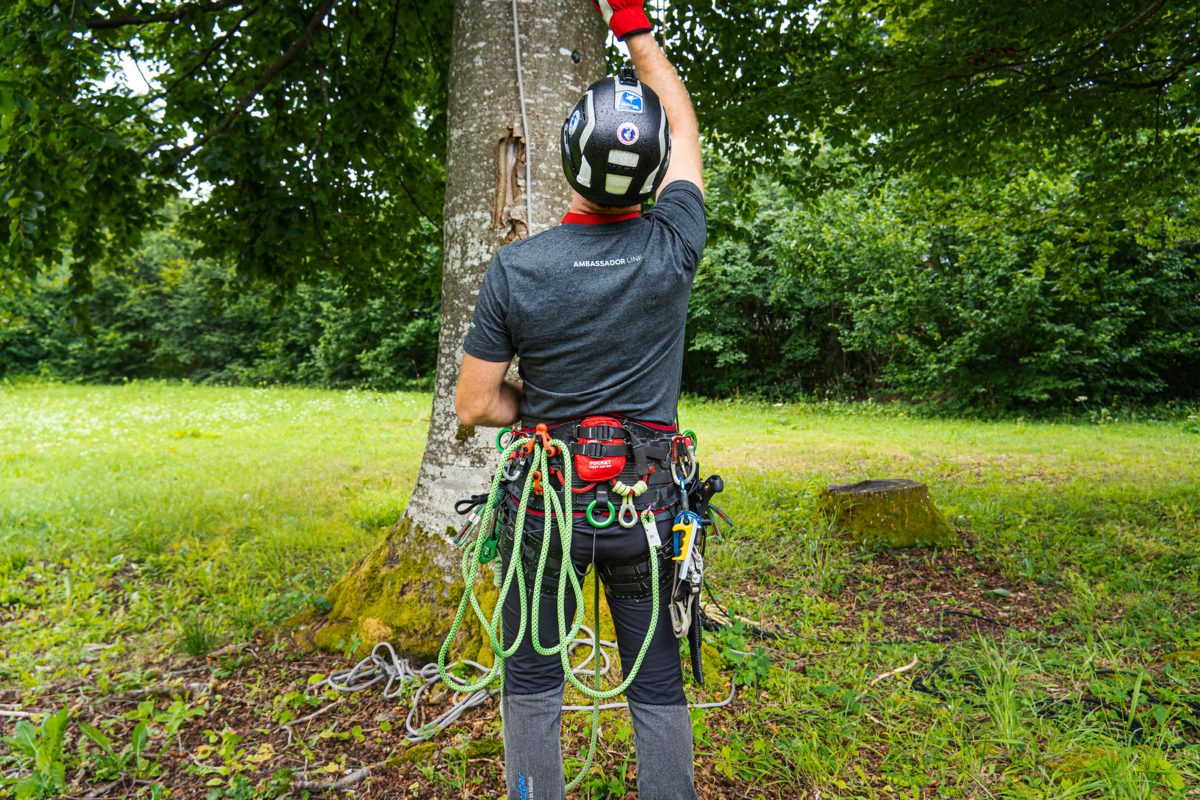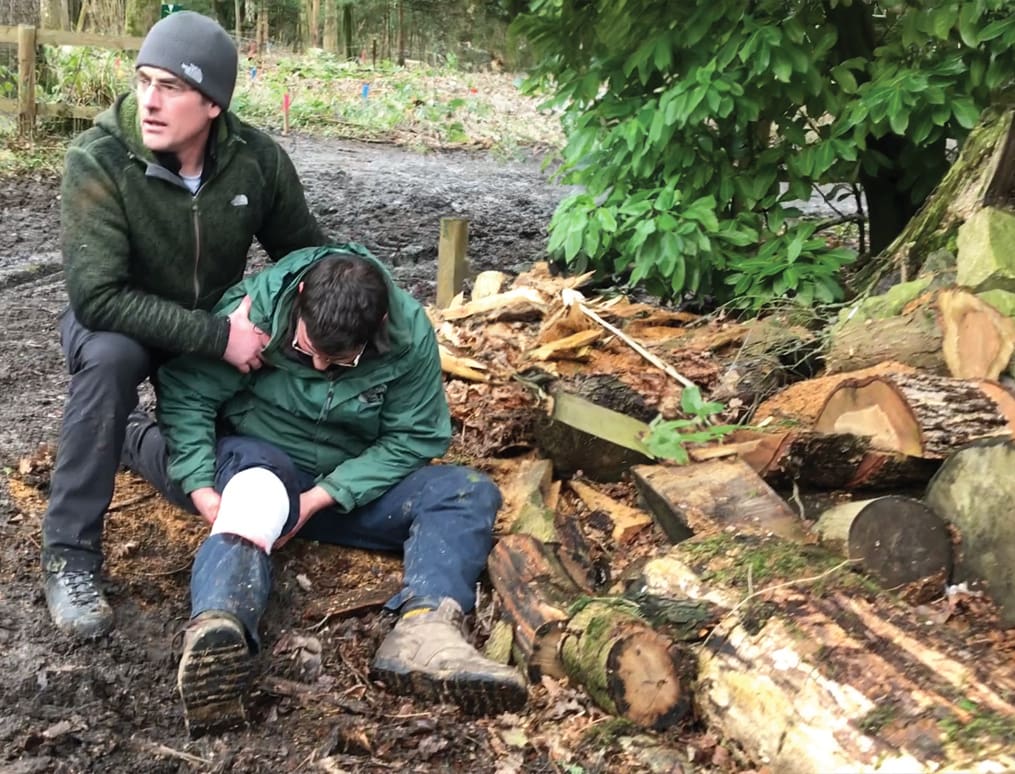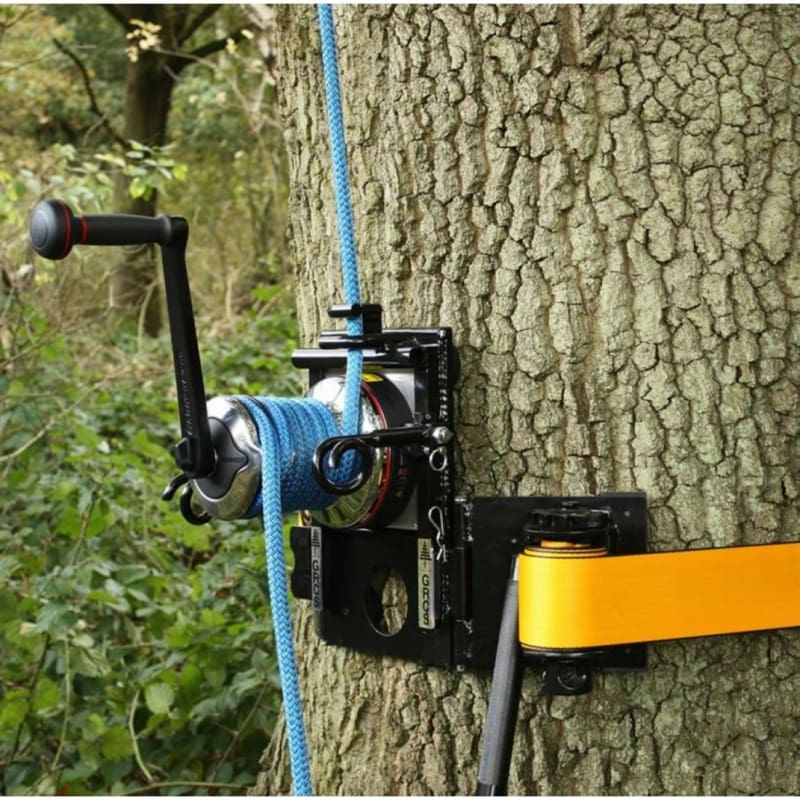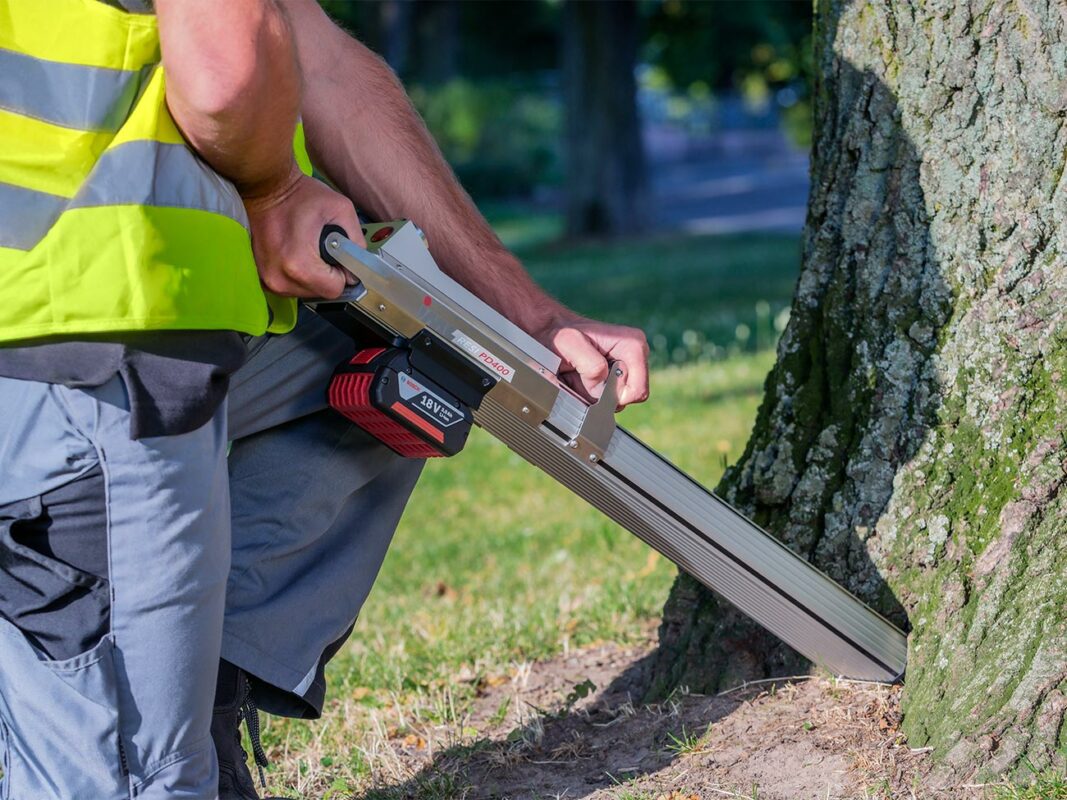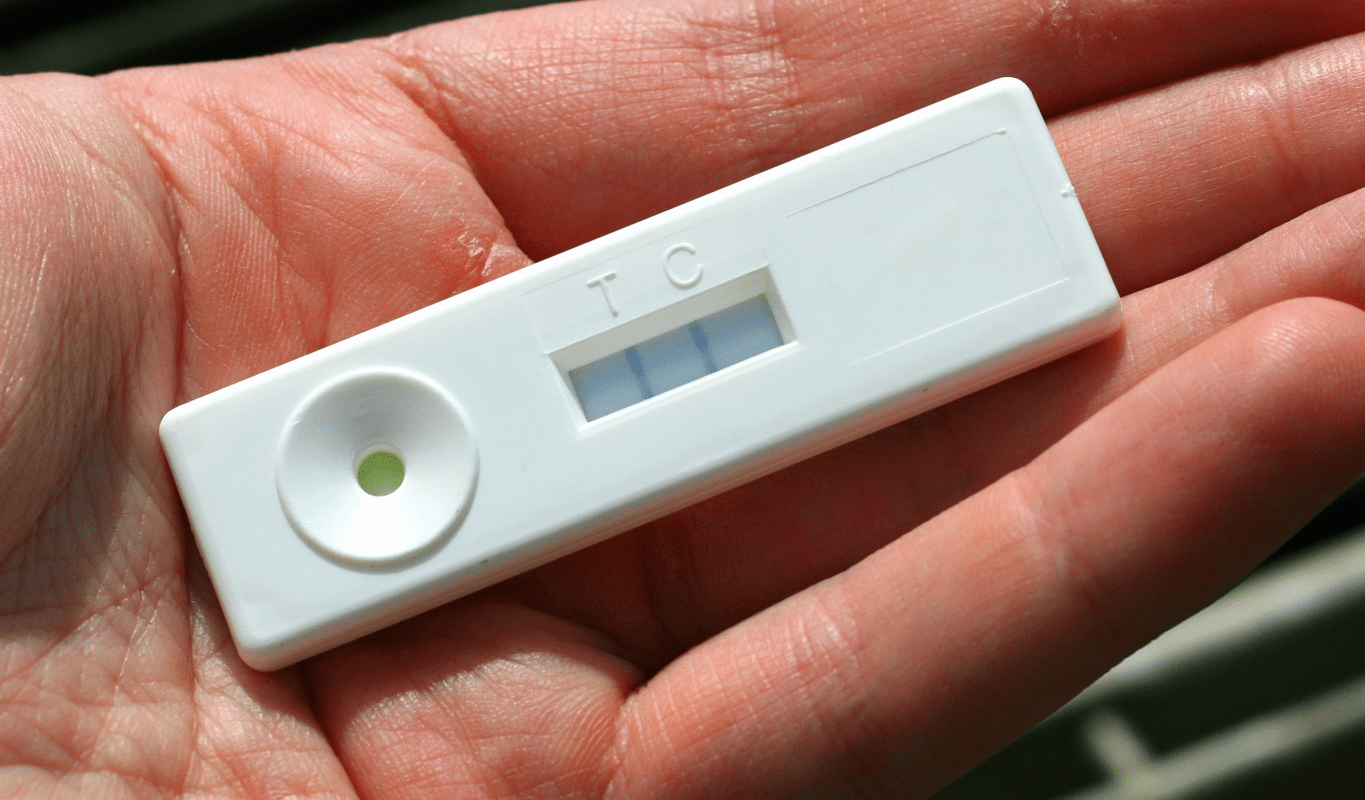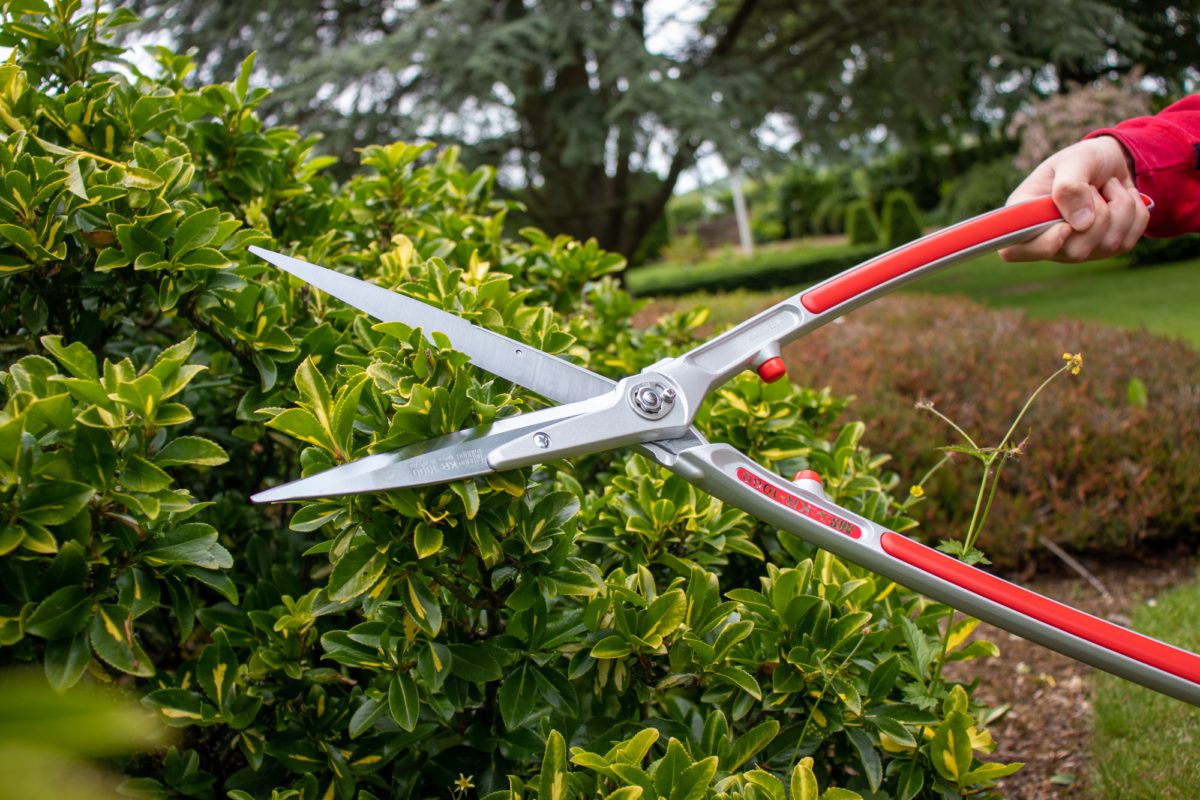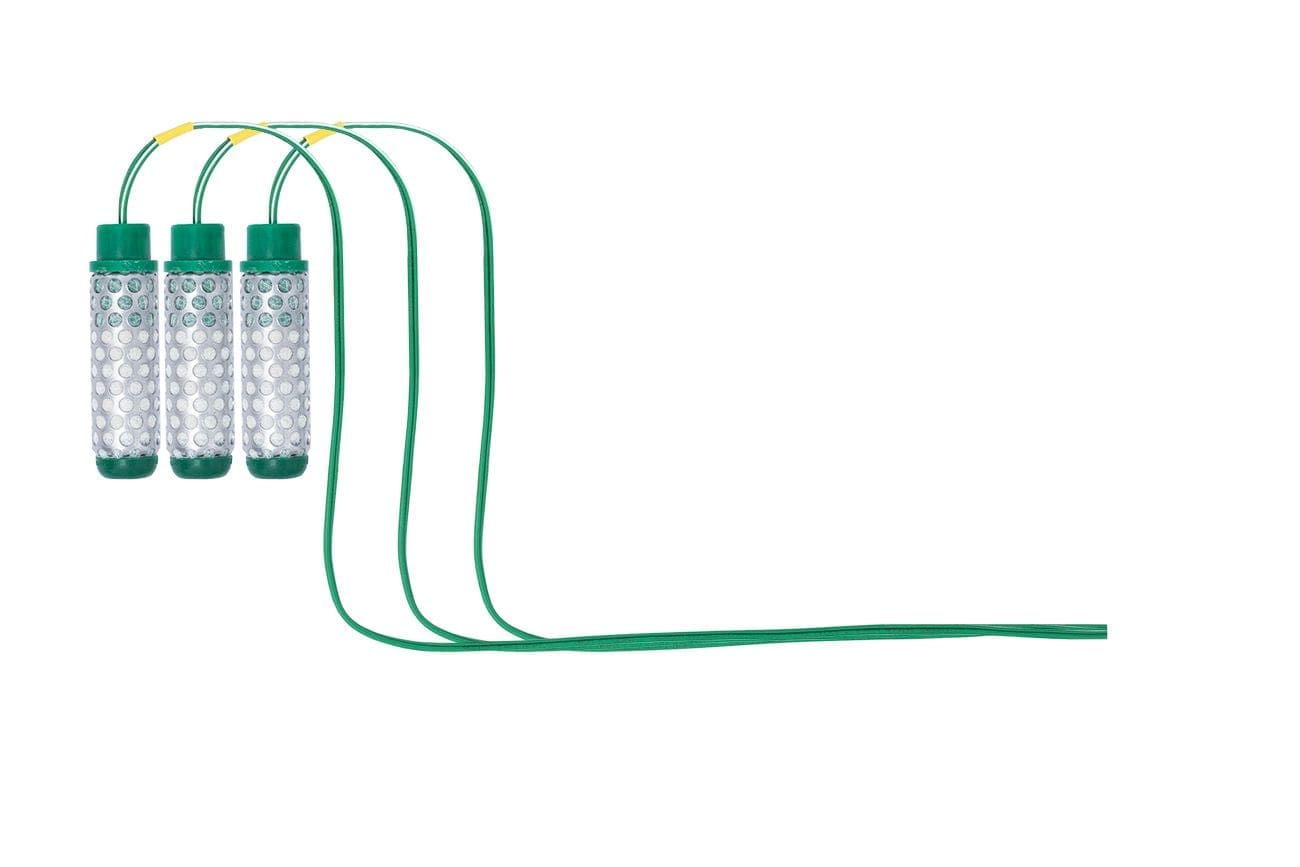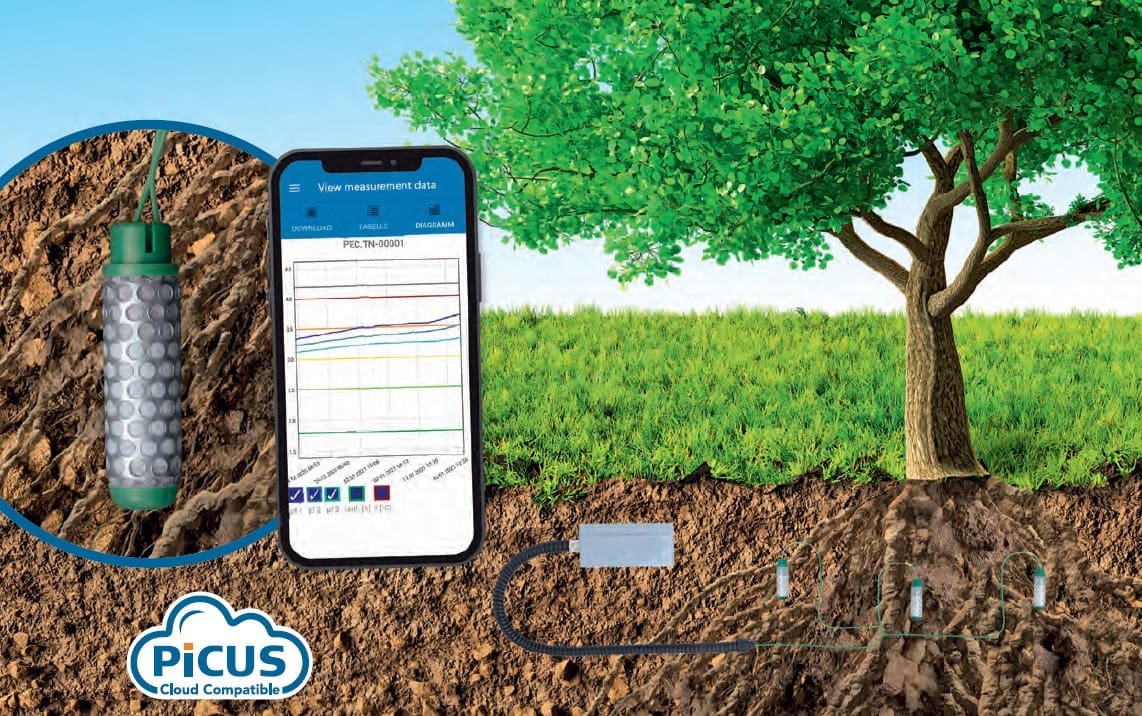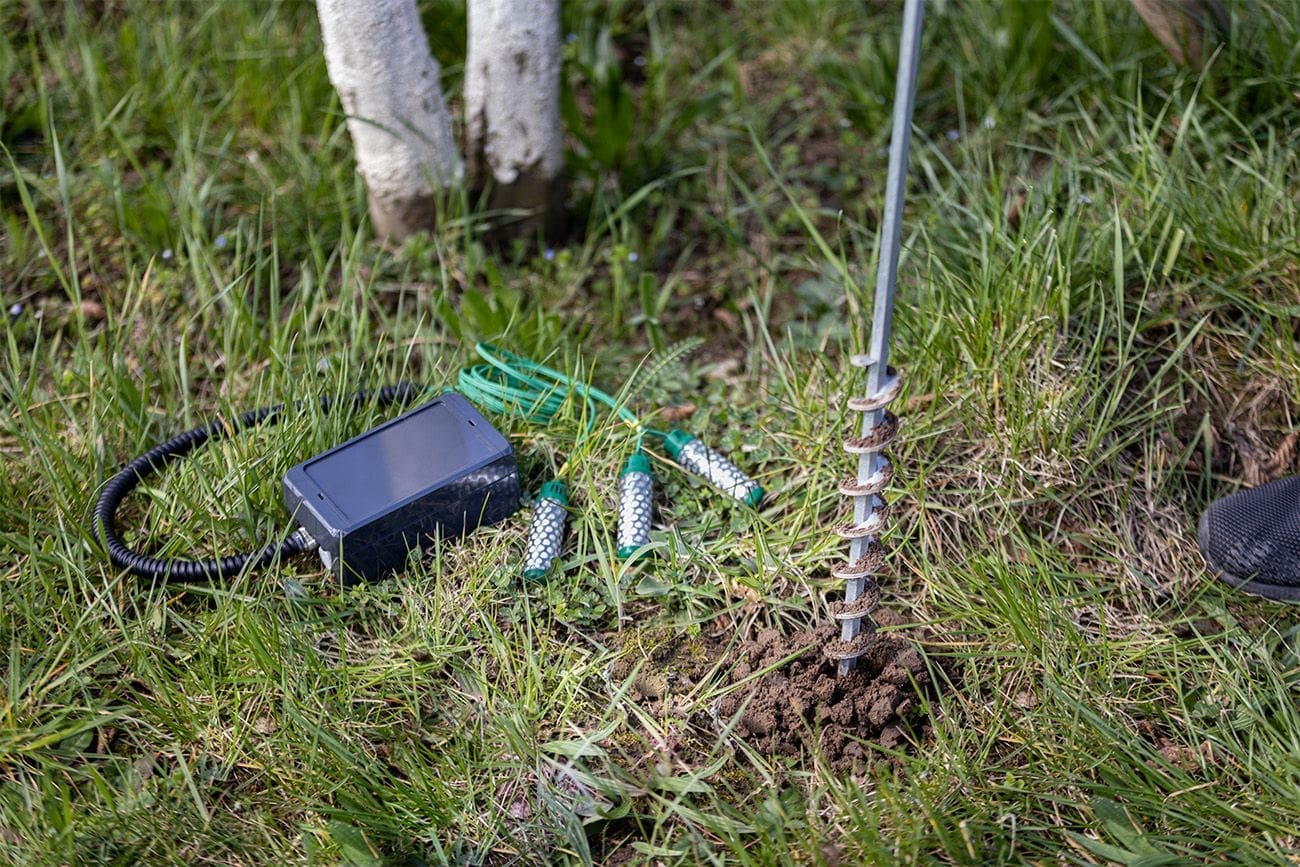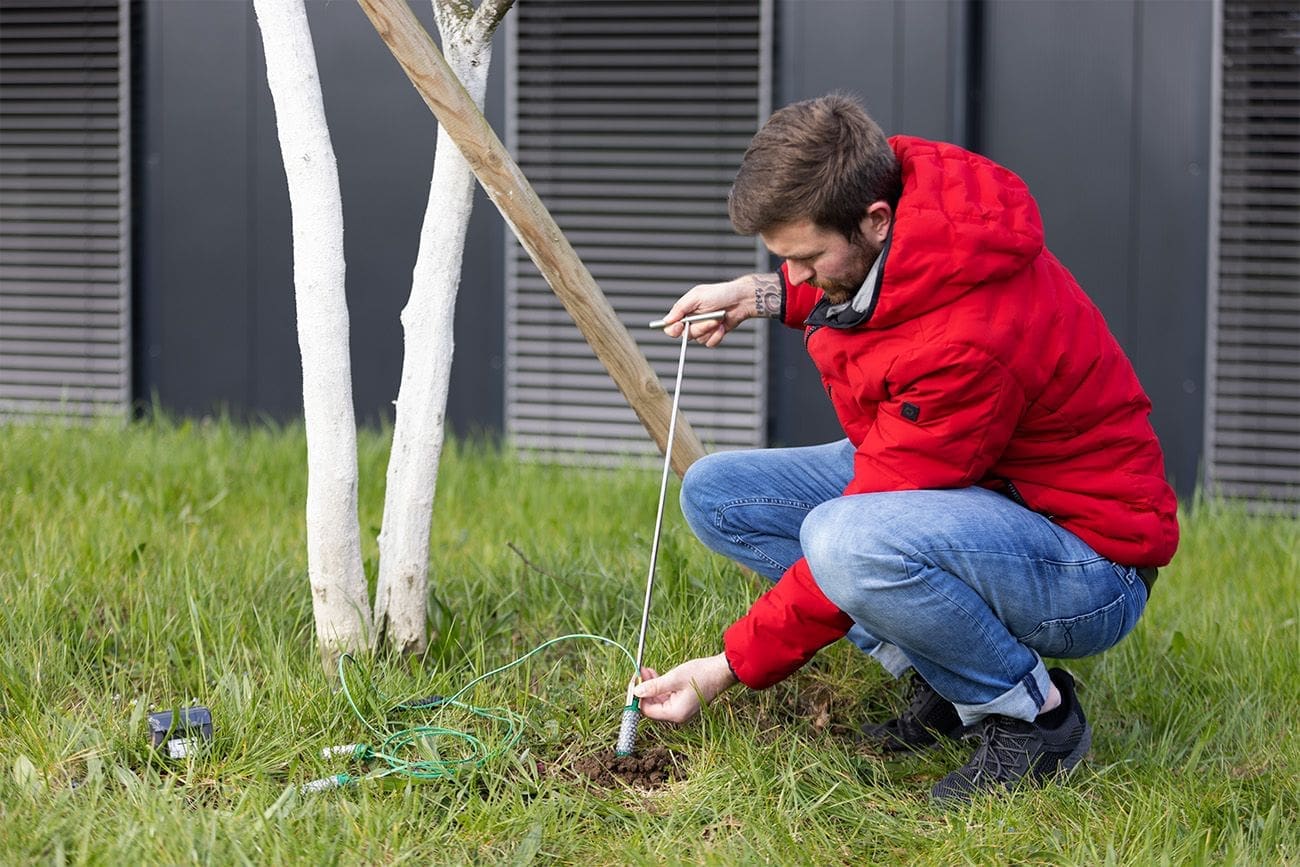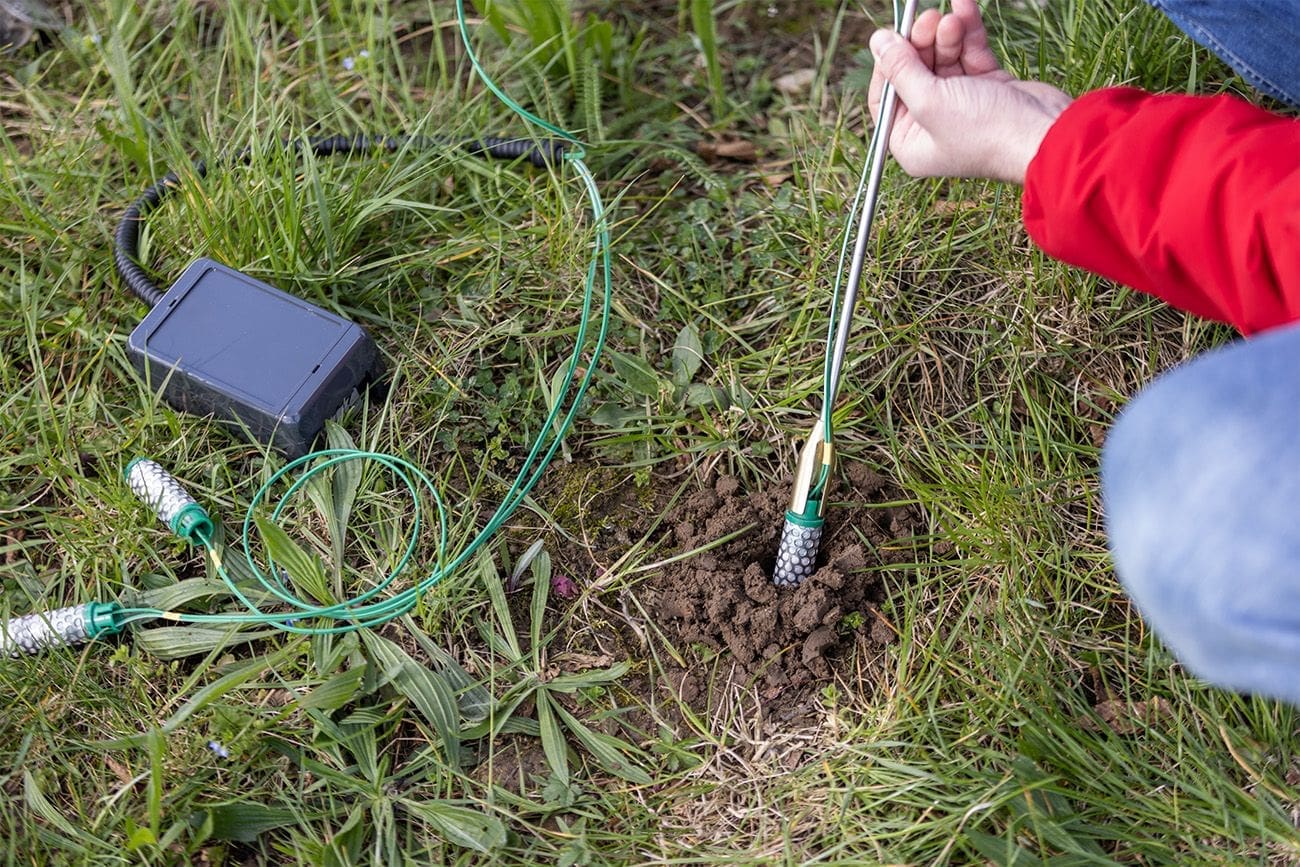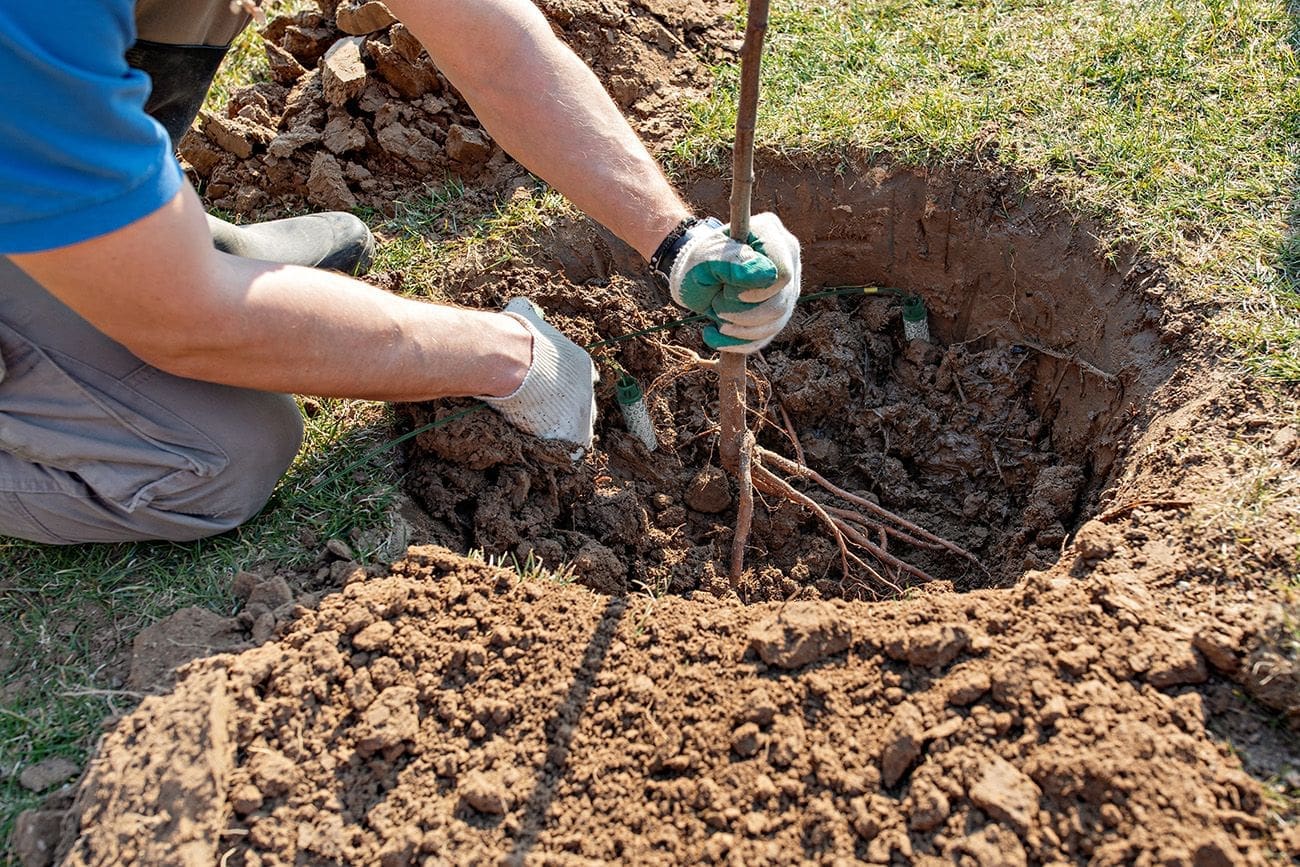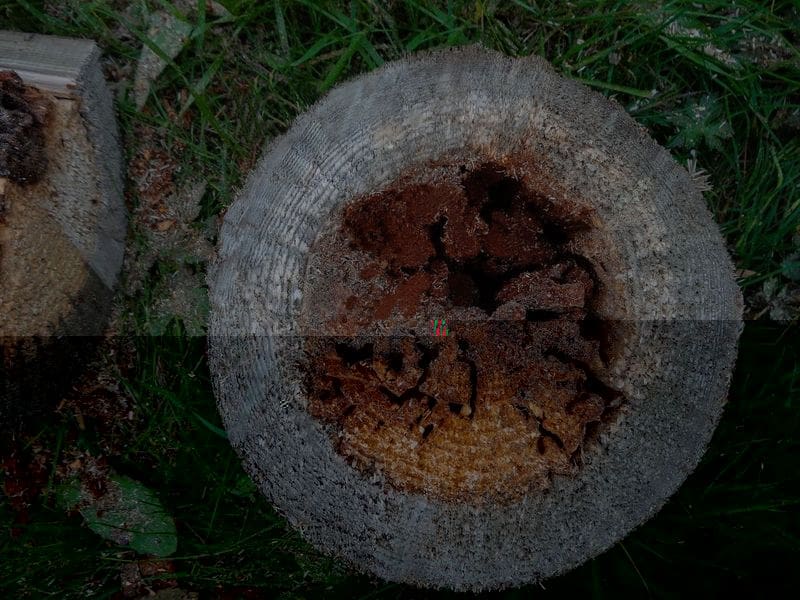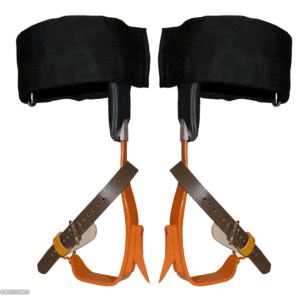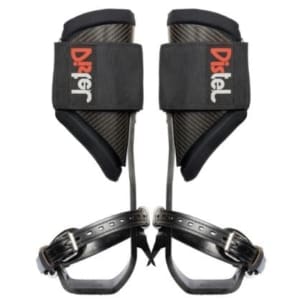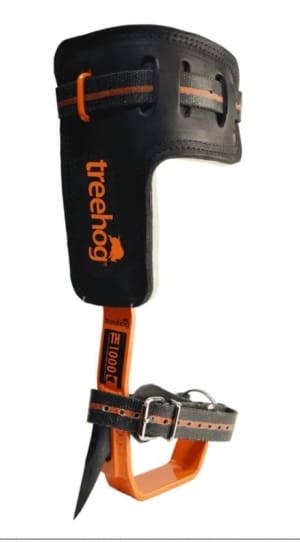Brand: IML
PiCUS Tension

The Tension provides information about the soil water content and the soil water tension, i.e. the plant availability of water.
Read moreExample description here.
"*" indicates required fields
Description
The PEC Tension is an easy-to-use sensor that determines the availability of water at a tree site and the water content of the soil. The results are accessed via a mobile app, displayed in an online map application or can be integrated into individual GIS solutions.
With the use of this sensor technology, users gain knowledge about the irrigation situation at the sites, they can react at an early stage and take targeted action thanks to precise determination of requirements. In this way, drought damage to trees is prevented, while at the same time the resources of water, money and personnel are conserved.The expected service life is about 3 years without interruption.
PiCUS tree measurement technology offers tree assessors a comprehensive set of diagnostic tools for the detection and assessment of defects in trees. The Tension provides information about the soil water content and the soil water tension, i.e. the plant availability of water. From this, it can be seen whether drought stress is imminent at the particular plant site and how much water is needed to counteract it.
It can be used both in the growing phase of planted young trees and for monitoring the locations of older trees. For example, during construction work or similar with lowering of the groundwater level or for individual trees or groups of trees of outstanding importance and worthy of preservation.
Tension sensors with one, two or three sensor elements for suction tension and one sensor element for soil moisture can be used. The arrangement of the sensor elements in different soil depths or different positions is freely selectable within the scope of the cable length. One or more sensors can be installed per tree, depending on the measurement target. It is also possible to install sensors at representative locations and apply the results to the group.
The Tension operates in a networked environment to provide the desired data remotely at any time. The hub of this network is the PiCUS Environmental Cloud.
The actual Tension is installed at the tree and sends measurement data from here to the cloud. Master data of the sensor, the associated tree and the installation situation are stored in the cloud via the PEC.Service app.
The data collected in the cloud can be viewed on the move with the PEC.app. For a better overview and extended evaluations, a web GIS application is available, i.e. a map view of the measurement results accessed with a computer on the internet. Users of specific tree cadastre software have the option of integrating the results into their system via the web feature service offered, a largely universally compatible format.
The fact that drought is an essential problem for trees, especially in urban locations, has long been established in the minds of experts. Nevertheless, questions about the actual availability of water or the optimisation of irrigation often have to resort to estimates. Individual users of measurement technology may face the challenge that only limited experience and reference values are available.
As the PiCUS Environmental Cloud potentially accumulates a large number of measured values on these issues, it will also be used to generate swarm intelligence by making measurements from a large number of sites accessible to experts.
To contribute to this, each user can voluntarily give consent for the measurement data to be made visible to other users on an anonymised basis.
This does NOT reveal where sensors are located, who owns them or when and who made entries.
What would be visible is information on the type and condition of the tree as well as on the soil and installation situation, and of course the actual measurement data.
Sharing this information enables tree owners or managers to find reference values for their own measurements, for example by looking at trees of the same species or age, or sites with the same main soil type, in the same country or climate zone.
In this way, all users will be able to benefit from each other’s experience and optimise the treatment of their trees.
As such a database only becomes truly valuable through the contributions of all participants, we hope for generous participation!
See attached files for more information.






